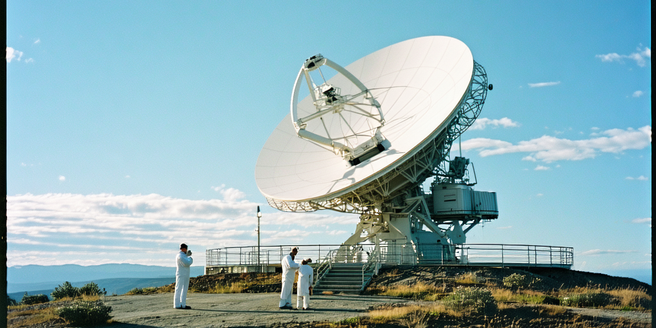
Early Methods of Climate Data Collection
In the early days of climate science, data collection relied heavily on simple observation techniques and rudimentary instruments. Pioneers in meteorology made careful records of temperature, precipitation, and wind patterns. Instruments like barometers and thermometers gave basic but invaluable insights into weather patterns without sophisticated technology. This methodical collection of data provided a foundational understanding of climate behavior, setting the stage for future advancements. Scientists would often use written logs and rudimentary charts to analyze changes over time. The data collected was recorded manually, requiring meticulous effort. Despite the limitations, these early scientists laid the groundwork for modern climatology. They recognized patterns over various seasons and years, paving the way for a greater understanding of our climate’s complexities.
Technological Advancements in Climate Data
The rapid advancement of technology has significantly transformed climate data collection and analysis. Satellite technology, for instance, allows for comprehensive monitoring of global weather patterns, providing real-time data with unprecedented accuracy. Remote sensing and Geographic Information Systems (GIS) work collaboratively in capturing and analyzing climate-related data on a broader scale. Automated weather stations dispersed globally have replaced manual data collection methods. These stations continuously collect data such as temperature, humidity, and wind speed. Computer models have become immensely sophisticated, capable of simulating complex climate systems to predict future climate scenarios. The advent of high-performance computing has empowered scientists to process vast amounts of climate data efficiently, leading to more precise and reliable climate models.
Analyzing Trends: Interpreting Historical Data
The interpretation of historical climate data is essential in understanding long-term climate trends. By analyzing past data, scientists can recognize natural variability, discern antropogenic influences, and anticipate future climate changes. Time series analysis plays a crucial role in identifying patterns, such as temperature increases or changes in precipitation levels. Understanding past climatic events, including ice ages or warm periods, provides context to current global warming trends. Paleoclimate data, derived from natural records like tree rings and ice cores, offer insights into long-term climate shifts. These datasets enable the comparison of pre-industrial climate conditions with current observations. They assist climate scientists in validating predictive models and ensuring that future projections are rooted in historical reality.
Case Studies: Regional Historical Climate Patterns
Case studies of regional historical climate patterns offer significant insights into localized climate behavior and its impact on human societies. Different regions display unique climate characteristics shaped by their geographical and environmental contexts. For example, understanding the historical monsoon patterns in South Asia is crucial for agriculture and water management in the region. Examining historical climate data helps in identifying trends and anomalies, which can be crucial for planning local strategies to mitigate adverse effects. Regions prone to specific climatic events, such as hurricanes, droughts, or floods, benefit from historical case studies that inform preparedness and response strategies. These studies also contribute to our understanding of how regional climate patterns correlate with larger, global climate phenomena.
Implications for Future Climate Predictions
Analyzing historical climate data is instrumental in enhancing the accuracy of future climate predictions. By understanding past climate trends, researchers can develop more reliable models that anticipate future changes. This is crucial for policymakers, who rely on accurate predictions to plan for climate adaptation and mitigation strategies. Historical data validates models by providing a baseline against which projections can be tested. The insights gained from such analysis help in identifying potential future scenarios, taking into account factors like greenhouse gas emissions and land use changes. Consequently, these predictions assist in crafting forward-thinking policies for sustainable development. Thus, historical climate data serves not only as a record of past conditions but also as a vital tool for shaping the future of our planet.
